
Copernical Team
Stage set: Juice dress rehearsal complete
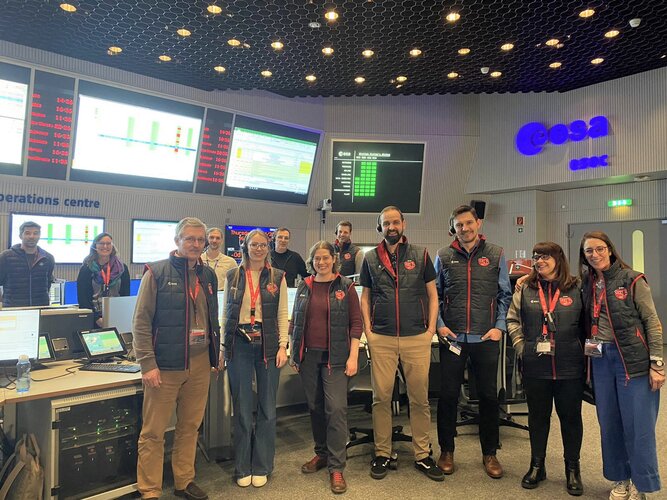 Image:
Image:
After months practicing with a ‘fake’ Juice spacecraft, teams at ESA’s mission control centre in Darmstadt, Germany, today got in touch with the real thing. For the first time, mission engineers connected to the Ariane 5 rocket and inside its fairing the Juice spacecraft, for a dress rehearsal of the all-important “network countdown”.
The dress rehearsal is the moment that ESA’s mission control brings together the various partners and elements of the mission for a final fully integrated test before launch. Today, Juice’s signals streamed into ESA’s Space
Webb scores another ringed world with new image of Uranus
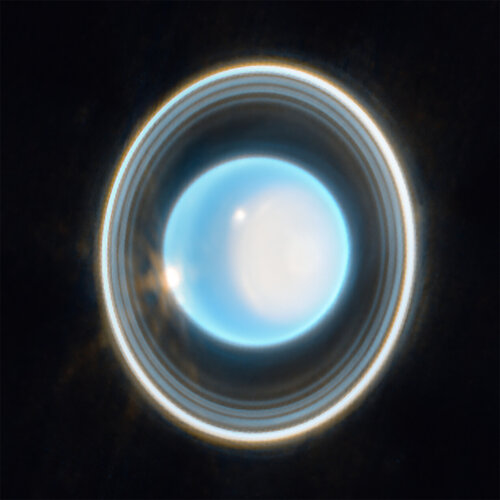
Webb’s infrared image highlights the planet’s dramatic rings and dynamic atmosphere. Following in the footsteps of the Neptune image released in 2022, the NASA/ESA/CSA James Webb Space Telescope has taken a stunning image of the solar system’s other ice giant, the planet Uranus. The new image features dramatic rings as well as bright features in the planet’s atmosphere.
How to follow the Juice launch live
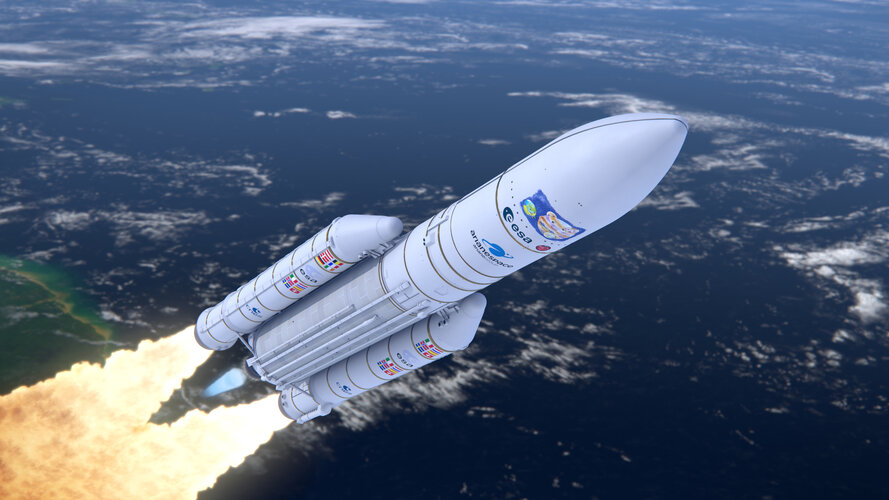
ESA’s Jupiter Icy Moons Explorer mission, Juice, is planned for launch at 13:15 BST/14:15 CEST on 13 April from Europe’s Spaceport in French Guiana. Here’s how to follow the key milestones online.
Untangling the ocean biological carbon pump
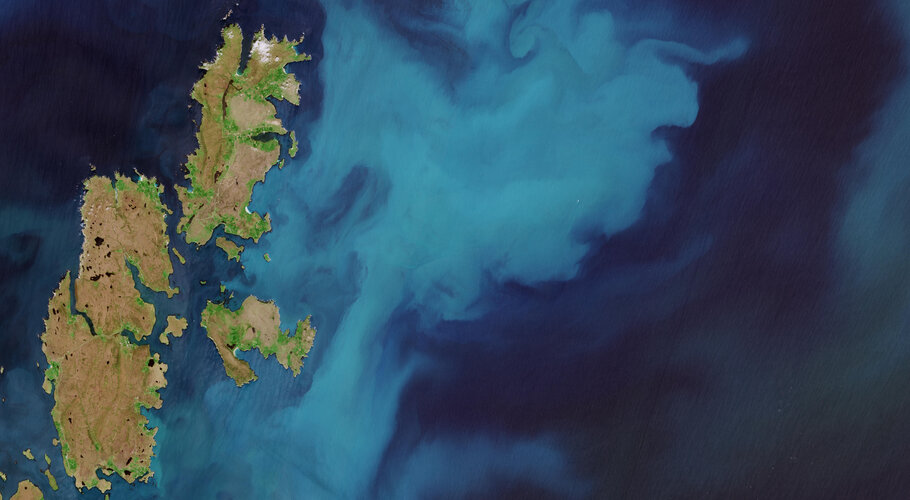
They may be microscopic, but their ability to sequester carbon is phenomenal. We are talking phytoplankton – and scientists working on a project funded by ESA are assessing different aspects of the role that these tiny plants play in the ocean carbon cycle to better understand climate processes.
Practice makes perfect
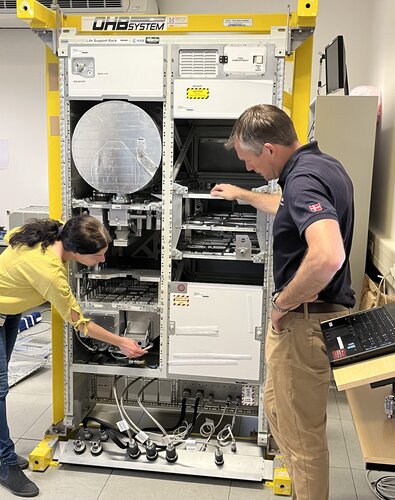 Image:
Practice makes perfect
Image:
Practice makes perfect Beam-hopping JoeySat ready for launch
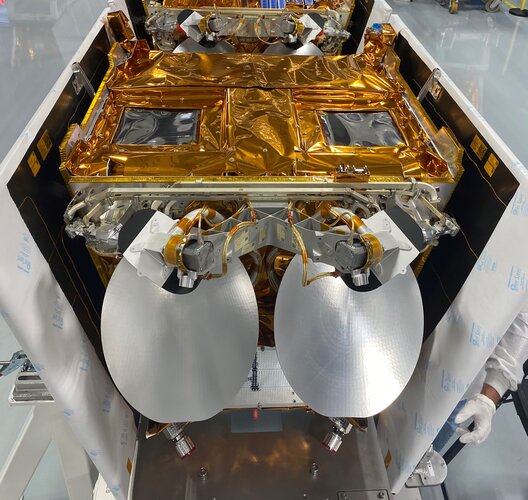
An advanced broadband satellite that will provide high-speed internet connectivity from low Earth orbit has left OneWeb Florida Facilities to Vandenberg launch pad.
New membrane mirrors for large space-based telescopes
 Researchers at the Max Planck Institute for Extraterrestrial Physics have developed a new way to produce and shape large, high-quality mirrors that are much thinner than conventional mirrors used for space telescopes. The resulting mirrors are flexible enough to be rolled up and stored compactly inside a launch vehicle.
"Launching and deploying space telescopes is a complicated and costly
Researchers at the Max Planck Institute for Extraterrestrial Physics have developed a new way to produce and shape large, high-quality mirrors that are much thinner than conventional mirrors used for space telescopes. The resulting mirrors are flexible enough to be rolled up and stored compactly inside a launch vehicle.
"Launching and deploying space telescopes is a complicated and costly First pair of second-generation weather satellites, built by Airbus, enter their test phase
 The Airbus built satellite twins, MetOp-SG A and B will provide a panoply of new meteorological data that will substantially improve numerical weather prediction - the backbone of our daily weather forecasts - at regional and global levels. The multiple instruments on-board will also provide key observations for climate monitoring, atmospheric chemistry and other services such as air pollution,
The Airbus built satellite twins, MetOp-SG A and B will provide a panoply of new meteorological data that will substantially improve numerical weather prediction - the backbone of our daily weather forecasts - at regional and global levels. The multiple instruments on-board will also provide key observations for climate monitoring, atmospheric chemistry and other services such as air pollution, EUMETSAT's Data Lake - key element of DestinE has been kicked off
 Data Lake, a massive repository of data managed by EUMETSAT, will provide the foundation for "Destination Earth" - a European Union's flagship initiative of digital Earth modelling contributing to the European digital and green transformation. CloudFerro, the prime contractor for the project, has announced that the first phase of works has already started, and is planned to be completed by June
Data Lake, a massive repository of data managed by EUMETSAT, will provide the foundation for "Destination Earth" - a European Union's flagship initiative of digital Earth modelling contributing to the European digital and green transformation. CloudFerro, the prime contractor for the project, has announced that the first phase of works has already started, and is planned to be completed by June Planet joins Ursa Space's Virtual Constellation and Partner Network
 Ursa Space Systems, a global satellite intelligence infrastructure provider, has announced that Planet Labs PBC (NYSE: PL), a leading provider of daily data and insights about Earth, will join its Virtual Constellation and Partner Network.
The addition of Planet provides Ursa Space customers with access to daily satellite data that unlocks solutions to some of the most pressing challenges
Ursa Space Systems, a global satellite intelligence infrastructure provider, has announced that Planet Labs PBC (NYSE: PL), a leading provider of daily data and insights about Earth, will join its Virtual Constellation and Partner Network.
The addition of Planet provides Ursa Space customers with access to daily satellite data that unlocks solutions to some of the most pressing challenges 
